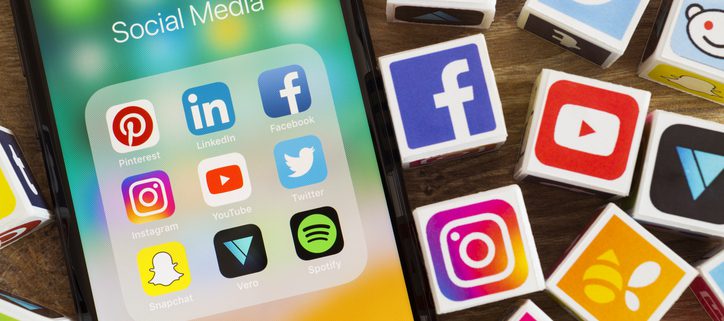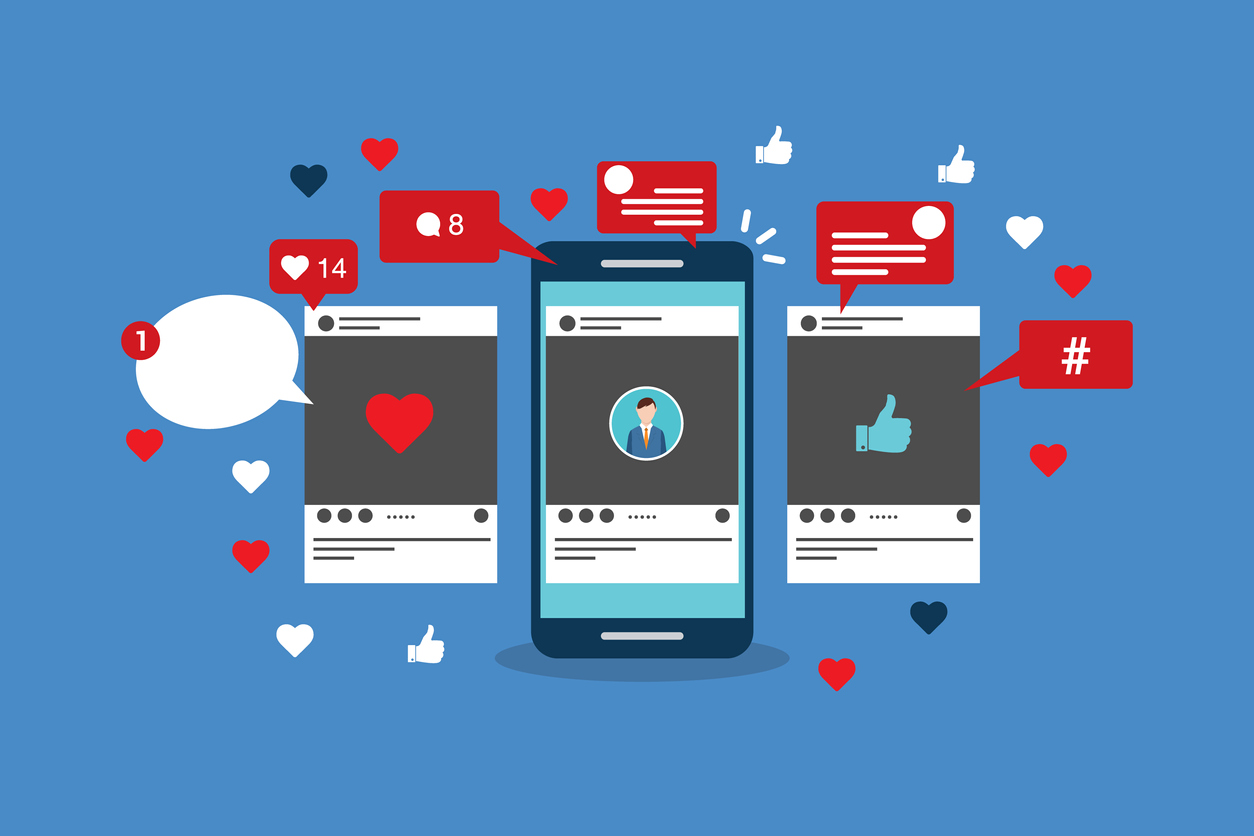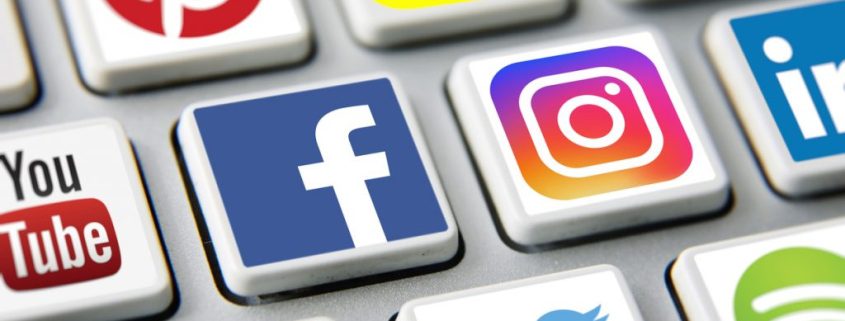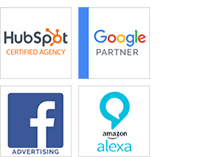
The Ultimate Social Media Strategy Template for 2025: A Step-by-Step Guide to Grow Your Brand
Having a strong presence on social media is no longer optional—it’s essential. But diving in without a plan can waste time and resources. That’s where a social media strategy template comes in. It helps align your brand’s goals with consistent actions across platforms, so every post, comment, and campaign drives real results.
Whether you’re a small business or a growing enterprise, this step-by-step guide will walk you through everything you need to build a high-impact social media strategy using a proven template backed by expert insights.
Why You Need a Social Media Strategy Template

Without a clear plan, your social media efforts can feel scattered and ineffective. A strategy template ensures:
- Clear, measurable goals
- Consistent messaging and branding
- Efficient content planning
- Better engagement and ROI
According to Sprout Social, brands that develop a documented strategy are more likely to achieve their marketing objectives and understand their audience’s needs more deeply.
What to Include in Your Social Media Strategy Template
Here’s a breakdown of each section your template should include:
1. Define Your Goals (SMART Format)
Start by identifying what you want to achieve on social media. Common goals include:
- Increasing brand awareness
- Driving website traffic
- Generating leads or sales
- Growing your follower base
- Boosting engagement rates
Use the SMART framework (Specific, Measurable, Achievable, Relevant, Time-bound) to stay focused. As HubSpot notes, every goal should map back to a broader business objective.
Read More: How to Set SMART Goals as a Marketer
2. Identify Your Target Audience
Who are you trying to reach? Define demographics, interests, behaviors, and platforms they use. You can gather insights through:
- Platform analytics (Instagram Insights, X Analytics, LinkedIn Analytics)
- Buyer personas
- Website traffic tools (like Google Analytics)
This clarity helps tailor content and choose the right platforms to focus on.

3. Choose the Right Social Platforms
Don’t try to be everywhere. Focus on 2–4 platforms where your audience is most active. Consider:
- Instagram and TikTok for visual storytelling
- LinkedIn for B2B networking and thought leadership
- Facebook for community building and ads
- X (formerly Twitter) for real-time updates
WordStream highlights the importance of aligning your content format and tone with the platform’s strengths.
4. Conduct a Social Media Audit
Before planning forward, look back. Review what’s working and what isn’t by analyzing:
- Engagement rates
- Follower growth
- Post performance
- Hashtag effectiveness
Use these insights to refine your strategy.
5. Plan Your Content Mix and Calendar
Create a content calendar to schedule and balance different types of posts:
- Educational/informative
- Promotional
- User-generated content (UGC)
- Behind-the-scenes
- Trends/memes
- Testimonials
Aim for consistency in tone, frequency, and brand voice. You can use tools like Sprout Social or Buffer to automate and visualize this process.
Read More: How to Create a Multi-Channel Content Marketing Plan

6. Track and Measure KPIs
Pick metrics that align with your goals:
- Reach and impressions
- Click-through rates (CTR)
- Conversion rates
- Engagement rate
- Follower growth
Report monthly or quarterly to see what’s driving results and adjust accordingly.
Free Social Media Strategy Template: What It Looks Like
Here’s what a basic version of your template might include:
| Section | Details |
| Goals | SMART goals mapped to business objectives |
| Target Audience | Personas, platform preferences, engagement behaviors |
| Platform Focus | Chosen channels with reason why |
| Audit Summary | Insights from past performance |
| Content Plan | Post types, calendar, frequency |
| Metrics & KPIs | Success indicators and benchmarks |
| Tools & Workflow | Scheduling tools, team responsibilities, approval processes |
Final Thoughts
A well-crafted social media strategy template helps you move from reactive posting to intentional growth. By defining clear goals, understanding your audience, and planning content with purpose, you’ll boost ROI and brand relevance in 2025 and beyond.
Ready to build a smarter social media plan? Reach out to our team for help customizing your strategy, or grab our free template and get started today.

























